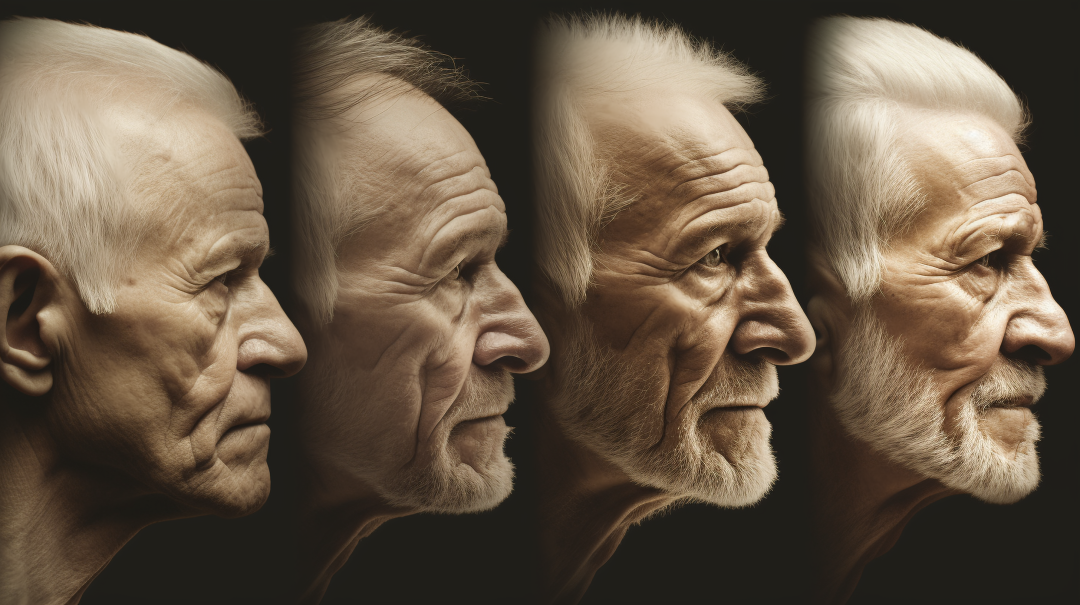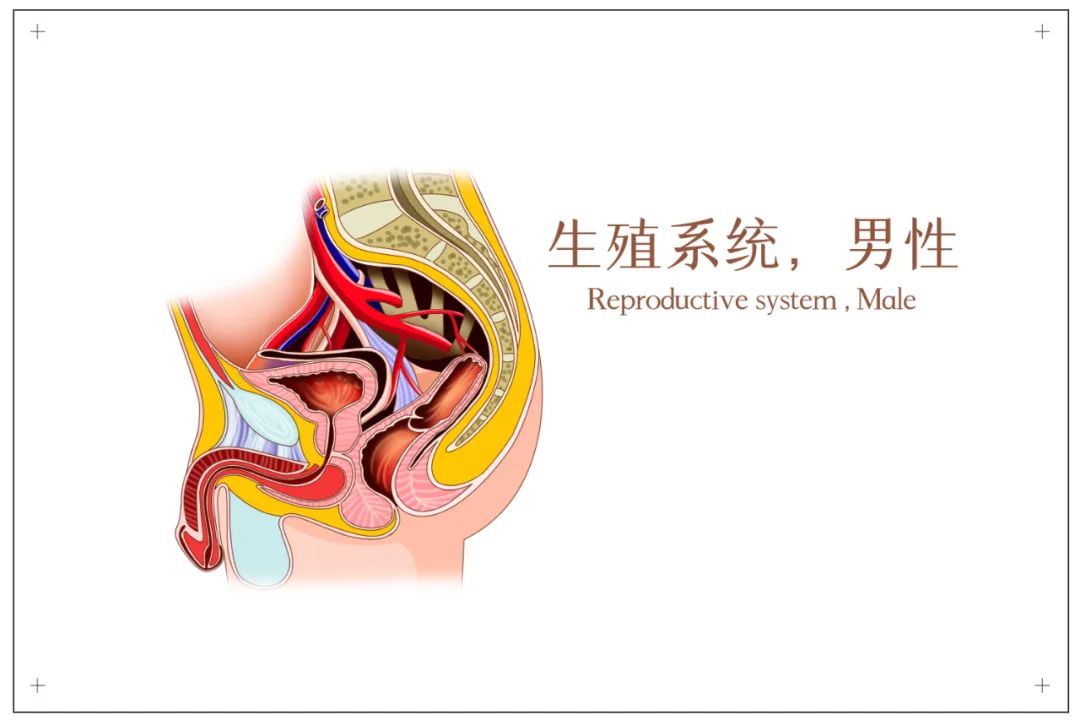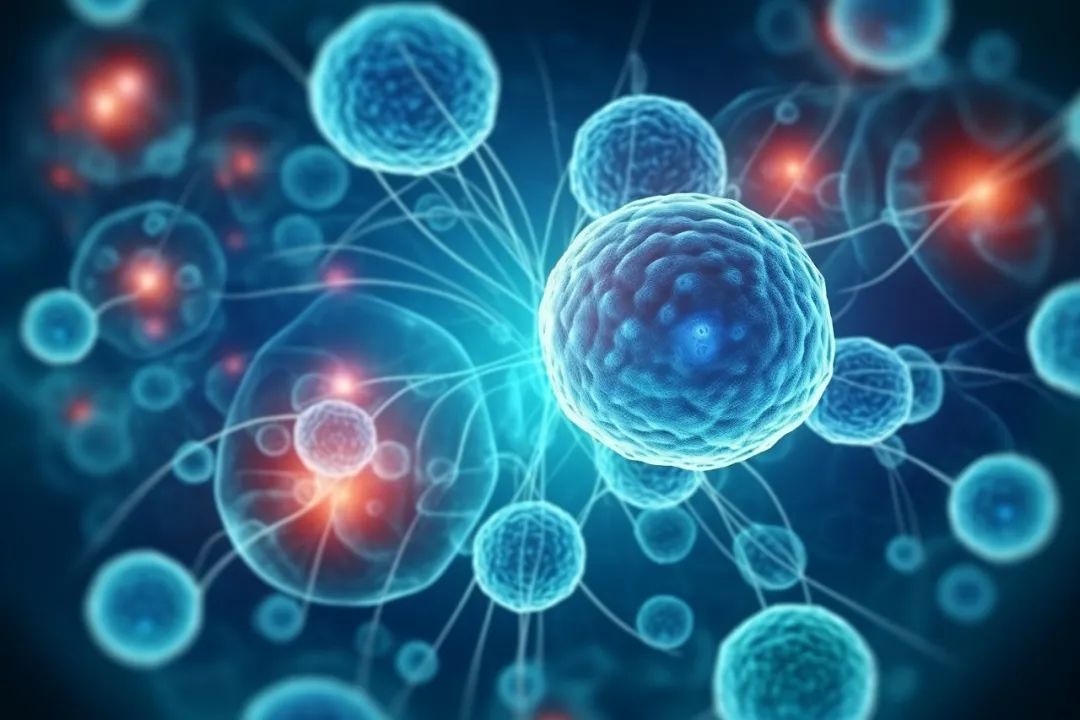
Source: International Stem Cell Research
After women enter menopause, there are generally obvious aging manifestations such as menopause, and the physical changes faced by men are not as obvious as those of women, but they also exist. Especially with the increase of work pressure in modern society and the acceleration of the pace of life, some elite men have entered the aging state in advance, and a series of changes such as hair loss, sexual dysfunction, energy decline, cardiovascular and cerebrovascular diseases have seriously affected men's physical health and quality of life. Therefore, anti-aging is not only a female patent, male anti-aging is equally important.
Causes of male aging
1. Environmental factors
Male aging may be related to external environmental factors such as environmental pollution and excessive exposure to ultraviolet rays, which may lead to skin photoaging.
2. Bad lifestyle
Male aging is also related to long-term maintenance of a bad lifestyle, such as smoking, drinking, staying up late for a long time, insufficient exercise, obesity, sexual frequency, psychological pressure is too much.
3. Internal factors
Organ senescence is caused by the accumulation of senescent cells, and cell senescence may be related to DNA damage, oxidative stress, telomere shortening, mitochondrial dysfunction and other factors.
After cell senescence, cell proliferation stagnated and physiological function decreased. Senescent cells also secrete a series of cytokines, such as growth factors and pro-inflammatory factors, which affect the local microenvironment and ultimately the aging process.
When do men feel old?

1. With the increase of age, the vitality and concentration of semen zi decrease to varying degrees. It is generally believed that after the age of 40, the total number of semen zi, semen zi vitality, semen ziDNA integrity and other indicators gradually decline, so "40 years old" is also considered to be the "watershed" of male semen ye quality.
2. After the age of 60, the free testosterone in the blood circulation is greatly reduced.
3. between the ages of 35 and 65, there can be a syndrome similar to female menopause, also known as male aging syndrome.

1. Testicular aging
Testis is the important gonad of male, which has two functions of secreting androgen and producing semen zi. Testicular aging refers to the process of testicular structure and function gradually declining with age, the main change is the gradual decline of testosterone synthesis ability and spermatogenic function, which will mainly have the following effects:
①Testicular aging will affect male fertility and fertility quality, because testicular interstitial cells are the main place for the synthesis of testosterone, aging will lead to testosterone deficiency, and then cause spermatogenic function decline, fertility decline.
②Testicular aging also disrupts endocrine homeostasis, leading to androgen deficiency, affecting men's overall health, and increasing the risk of obesity, osteoporosis, metabolic syndrome, Alzheimer's disease, diabetes, etc.
2. Erectile dysfunction
The age of active male sexual demand is 20 to 30 years old, with the growth of age, there are often changes in sexual demand and sexual behavior, such as the number of sexual impulses reduced, very tired after living, and may even appear erectile dysfunction and other problems. International Stem Cell Research Medical Department previously made erectile dysfunction related introduction, you can read the original: don't say you "can't", may just not find the right way, stem cells help men without "solid" not to destroy.
3. Manifestations of urinary system aging
With the increase of age, the elasticity of the male bladder is weakened, the strength of the bladder muscles and the pelvic floor muscles are gradually weakened, which may cause a series of urinary system problems such as prostate hyperplasia, followed by poor urination, frequent urination, urgent urination, thin urine line and many other manifestations.
4. Skin aging
Signs of skin aging usually appear around the age of 40, with the loss of subcutaneous fat tissue, men can have skin sagging, wrinkles, elasticity and other problems. As aging continues to progress, age spots may also appear.
5. Hair Loss
With the aging of the body, the number of hair follicles on the male scalp is decreasing, the hair growth rate is slowing down, the hair is thinning, and the performance of hair loss and baldness gradually appears.
6. Aging of cardiovascular system
With the increase of age, the elasticity of blood vessels and artery walls decreases, which leads to an increase in the pumping blood load of the heart, and the work intensity of myocardial tissue becomes larger. In the active state, the blood supply cannot be improved enough, resulting in arteriosclerosis, hypertension, heart disease and many other problems.
7, other aging performance
With the increase of age, the metabolic rate of the human body slows down, but also can appear obesity, indigestion, constipation, hemorrhoids, bone degeneration, memory and thinking ability decline, hearing and vision decline and a series of aging performance.
How Stem cells fight aging in men

The cell is the basic unit of the structure and function of the organism. Most of the cells constituting the human body belong to the terminal differentiation cells, which usually lose the ability of re-division due to high differentiation, and eventually gradually aging and dying. A small number of cells are undifferentiated primitive cells, that is, stem cells with self-renewal and multidirectional differentiation potential, which can differentiate into new cells under specific conditions or specific procedures, so as to maintain the dynamic balance of growth and decline of tissues and organs.
1. Stem cells fight testicular aging
①High levels of oxidative stress during aging can cause telomere shortening and DNA damage, resulting in decreased spermatogenic function of testis, and stem cells can promote the recovery of spermatogenic function by reducing spermatogenic cell apoptosis and reducing oxidative stress.
②Stem cells can also improve the microenvironment, regulate the immune network, promote the repair of damaged cells, and ultimately restore testicle-related functions through paracrine cytokines or exosomes and other bioactive substances.
2. Stem cell therapy for erectile dysfunction
Stem cells have a strong paracrine effect, can differentiate into smooth muscle, endothelium and other tissues, and can inhibit the fibrosis of cavernous body by improving the vascular function of cavernous endothelium and increasing the proportion of smooth muscle. It can also promote the recovery of the disease by improving the level of the nervous system of the cavernous body, reducing the level of apoptosis and inflammatory response of diabetes, obesity and other related risk factors.
3. Stem cell therapy for aging of other systems in men
The continuous aging of cells is also the structural basis of aging of the body and organs. When the decline process is greater than the ability of regrowth, the body will appear aging. However, if the cell regeneration ability is strong, in theory, it will delay or even block the process of tissue aging, and this function and characteristics of stem cells also determine that it has great potential in the field of anti-aging.
Outlook
Male aging not only affects the appearance of the face, but also causes no small impact on a number of tissues and organs, therefore, anti-aging is not only a patent for women. We also expect that with the continuous popularization of stem cell therapy, more accurate anti-aging measures can be customized for elderly men, and gradually realize the vision of delaying, improving and even reversing aging, and ultimately bring good news to the health and quality of life of the majority of men.